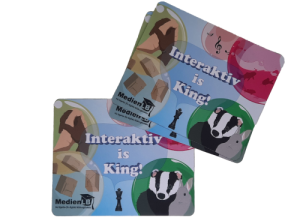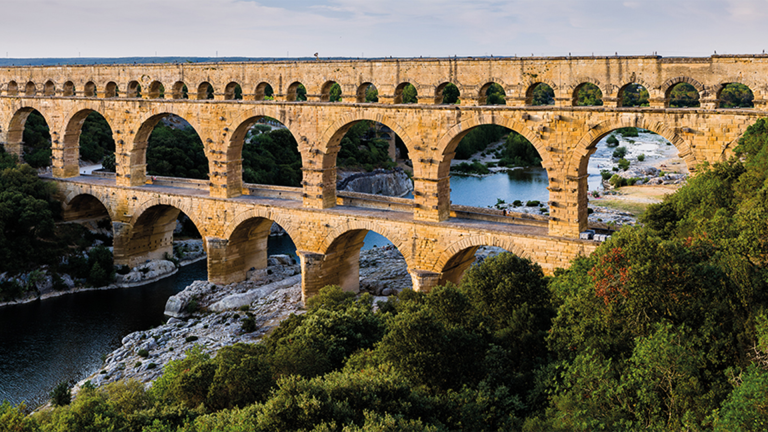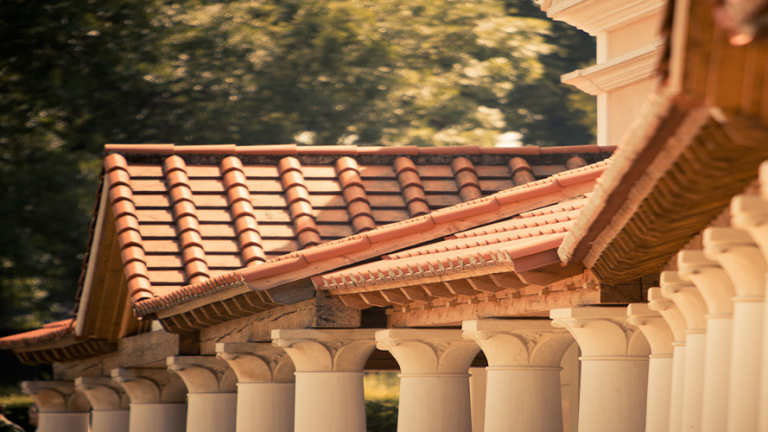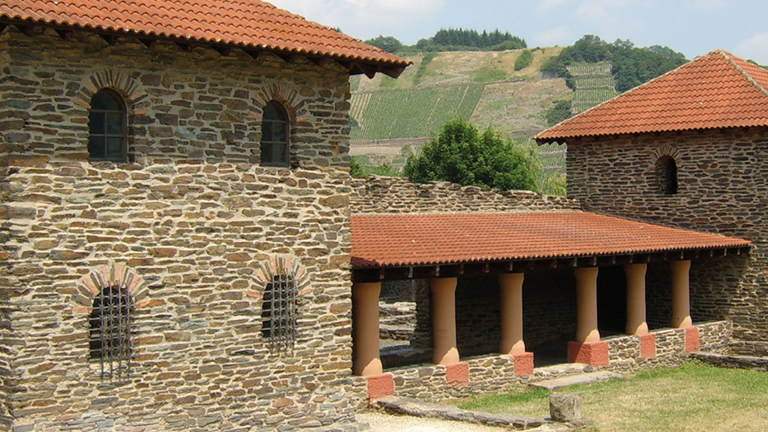Suche:
- # Artistry
- # Biology
- # Chemistry
- # Ecological
- # Economy
- # English
- # Foreign Language
- # Geography
- # German
- # Health
- # History
- # Informatik
- # Latin
- # Mathematics
- # Media Education
- # Music
- # Physics
- # Politics / Civics
- # Preschool
- # Primary School
- # Religion
- # Society
- # Sports
- # Technology
- # Training of Teachers
- # Vocational Education
Ernesto Che Guevara
Che Guevara is the revolutionary fighter of the 20th century. His famous portrait can be seen everywhere on posters and T shirts. But who was Che Guevara? How did Ernesto Guevara de la Serna become the best-known revolutionist of contemporary history? Che is born in Rosario in Argentina as the son of a modern, educated couple. He attends high school and subsequently studies medicine.
Learn moreDictatorships in the 20th Century V
Benito Mussolini is born in1883 in the Romagna, a region of farmers and labourers, and grows up in an Italy where the economic crisis determines people’s lives. This leads to mass emigrations in the south and also in the better developed areas of the north, the situation escalates. In 1911 unemployment reaches a record high throughout the entire country.
Learn moreDictatorships in the 20th Century VI
Francisco Paulino Hermenegildo Teódulo Franco y Bahamonde Salgado Pardo is born in El Ferrol (Galicia) on 4th December 1892.
Learn moreGeorg Elser
Who is this boy who almost killed Hitler later in his life? But for a gap of only a few minutes he would have decisively changed world history. Perhaps this boy would be hailed as a hero of German history today if his attack on Hitler had proceeded as he had planned? Who is this Georg Elser, who comes from a rather modest background and grew up in a small Swabian village far away from the big cities? And how did it happen, anyway, that he set out alone against Hitler? And why is it that this Georg Elser, who nearly changed the course of the world, is still so little known in Germany?
Learn moreApartheid
A new era began for South Africa when, in 1886, an out-of-work miner struck gold at the Witwatersrand in South Africa. The consequences of the discovery of the world’s largest natural treasure were dramatic. From all over the world speculators and adventurers flocked to the area. Scattered »gold fever« shanty towns mushroomed, which soon developed into modern concrete cities, though. The wealth created by the gold made South Africa grow into an industrial and financial power. Today, the economy of the country is the most important of the entire African continent. But there are many pitfalls. It is imperative to recognise them in order to confront the challenges of the future.
Learn moreGreat Disasters I
A disaster occurs when the balance inherent in a certain phenomenon is disturbed. This can happen either because a new powerful force comes into play which triggers the disaster or because a small – even tiny – causal factor interferes in a situation with an unstable equilibrium and manages to achieve an enormous effect.
Learn moreGreat Disasters II
A disaster occurs when the balance inherent in a particular phenomenon is disturbed. This may happen either because a new powerful force comes into play that triggers the disaster or because a small – even tiny – causal factor interferes in a situation with an unstable equilibrium and manages to achieve an enormous effect.
Learn moreDictatorships in the 20th Century VII
Nicolae Ceausescu ruled Romania for twenty-four long years and was a dictator.
Learn moreCharles de Gaulle
Charles André Marie Joseph de Gaulle was born on 22nd November 1890 to a patriotic, Catholic family in Lille. His father, Henri de Gaulle, a professor for literature and history, had a strong influence on him. Young Charles received a solid classical education from the Jesuits and Augustinians and decided upon a military career. In 1908, he was admitted to the officers’ school of Saint-Cyr, which he left in 13th place in 1912.
Learn moreRome
In its heyday, ancient Rome was the most imposing city of the known world and centre of one of the largest empires of all times but most of the more than one million residents viewed the metropolis as a foul juggernaut.
Learn moreRoman City
Augsburg, Cologne, Trier – well-known and important German cities. They have one thing in common: all of them were founded by the Romans.
Learn moreVilla Rustica
A Roman villa is fundamentally different from what we would regard as a villa in the modern sense. A Villa Rustica was a country estate with a mansion, large gardens and agricultural land. In addition to cultivating the fields, people also bred animals. This work was done by farm labourers and slaves, who mostly lived in outbuildings outside the mansion area. Thus a Roman villa was far more than just a building, it was almost a small village. Over centuries a network of Roman country estates had marked the culture of the empire north of the Alps. With the cultivation of the soil, the trade and exchange of goods, the Villa Rustica was a pillar of the Roman Empire.
Learn more


























